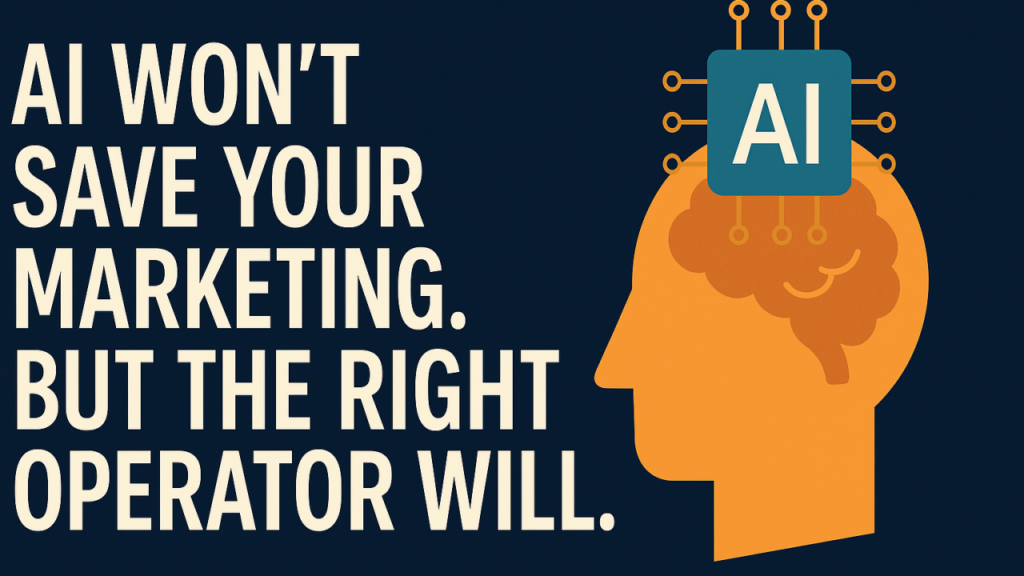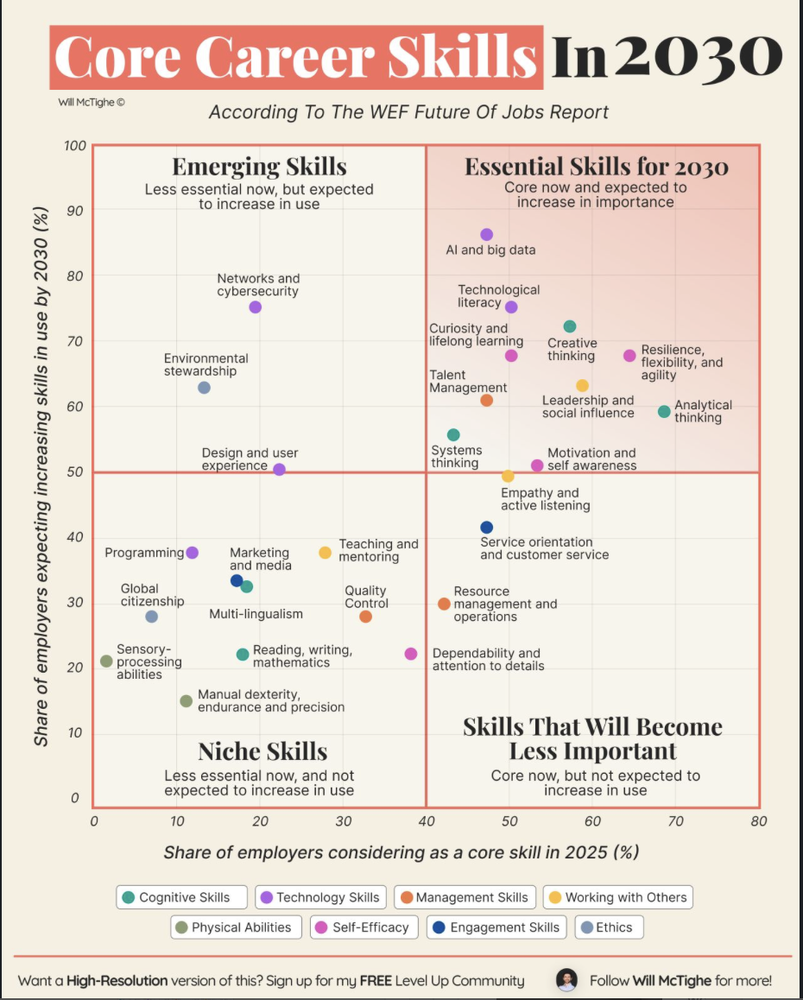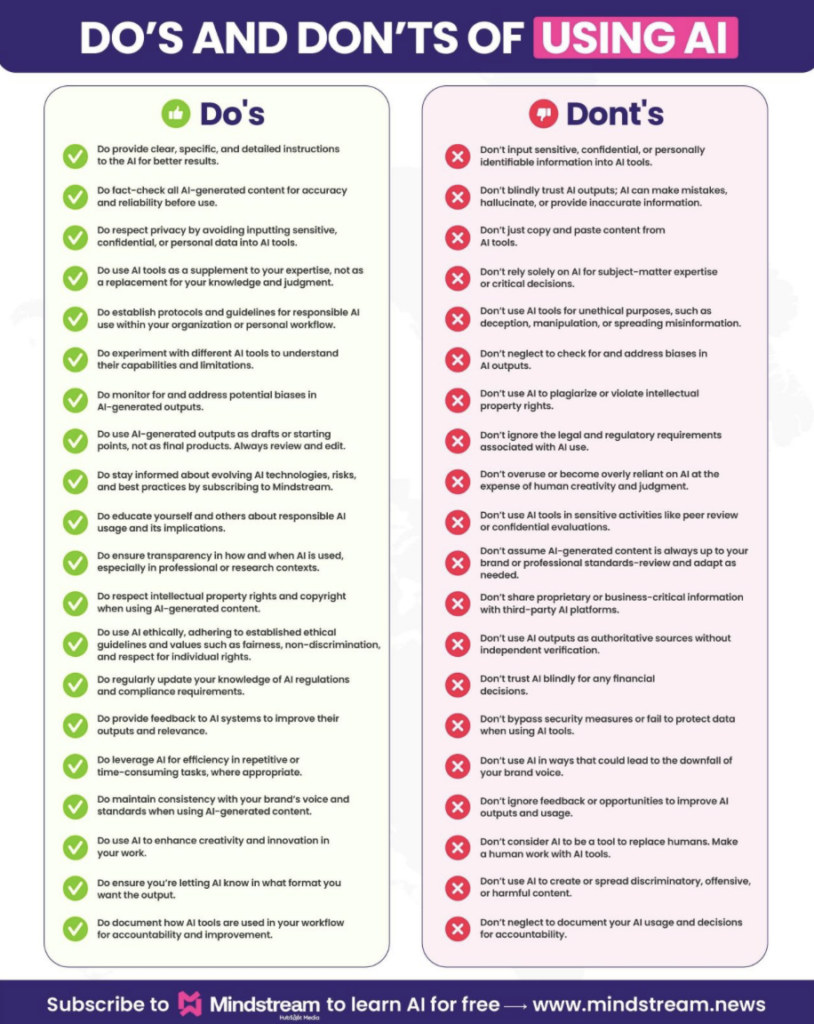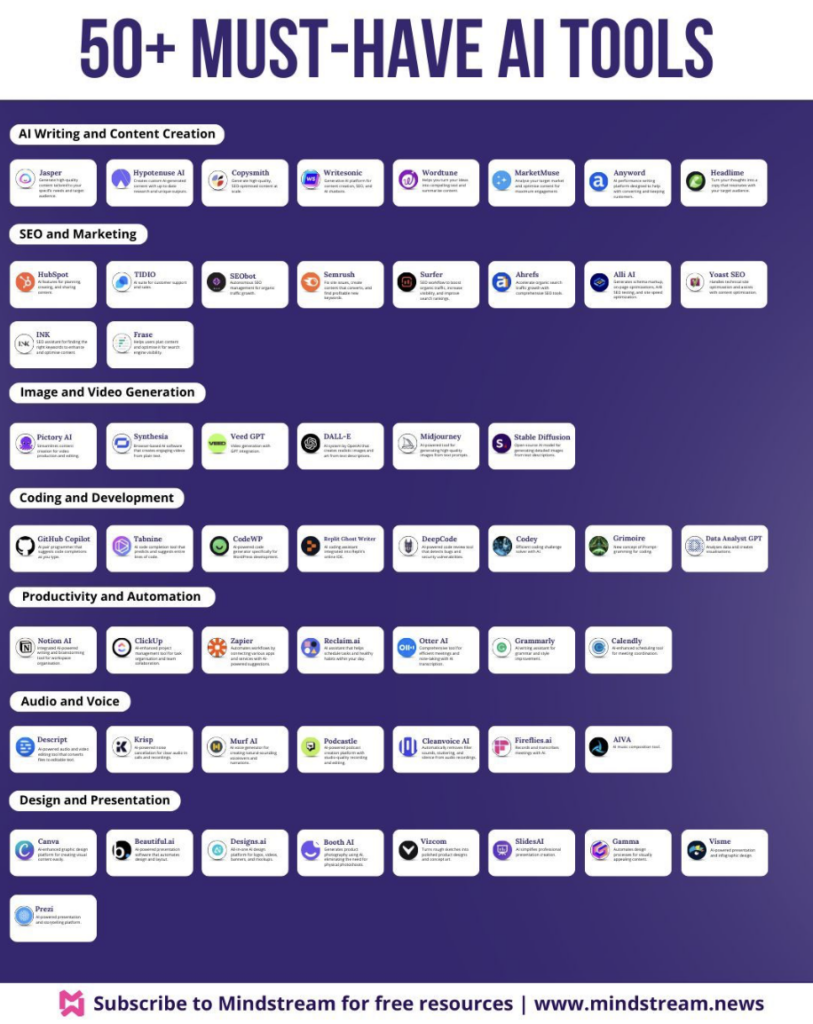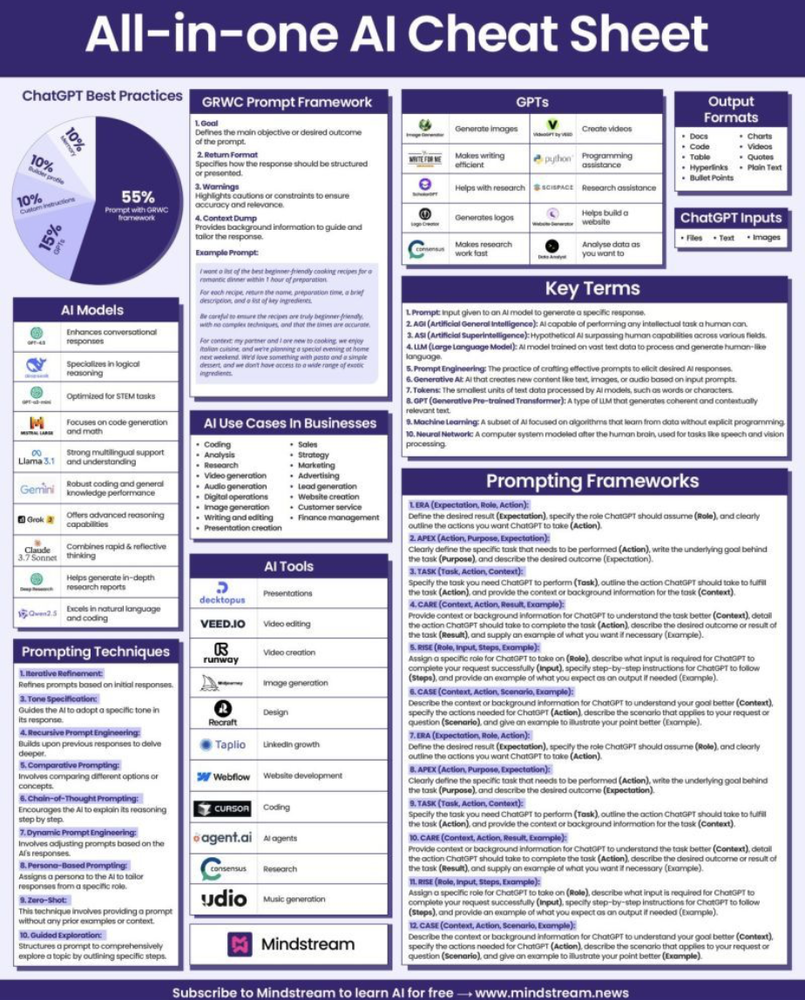AI is no longer a novelty in B2B tech marketing—it’s a competitive necessity. But while many marketers are exploring how generative AI can save time, fewer are using it to actually improve the quality of their positioning and messaging. At The Artesian Network, we’ve been launching and scaling AI-driven companies since 2017, well before ChatGPT introduced the broader market to what was possible. What we’ve found is that the power of AI in marketing isn’t about replacing expertise—it’s about multiplying it. When used well, AI helps experienced marketers move faster, test more ideas, and spot value gaps that human teams often miss. Here are ten best practices we use to get the most out of AI for B2B messaging and positioning:
1. Start with a Value-Claims Analysis Table
Before you write a single line of copy, use AI to map your product’s value claims against those of key competitors or substitutes. At The Artesian Network, we start this process by instructing the AI to summarize the marketing claims from competing product pages into a condensed list of recurring value statements—phrases like “faster onboarding,” “low-code customization,” or “seamless integrations.” To do this effectively, we: – Feed the AI the exact URLs of competitor websites—especially their product, solutions, and use case pages. – Instruct it to extract and normalize claims into consistent language. – Ask it to count how many times each claim appears on each competitor’s site to gauge emphasis and repetition. This process produces a value-claims matrix showing which claims are ubiquitous (table stakes), overused (hard to differentiate), and which are clear gaps your product can credibly own. But here’s the key: We always consolidate down to just 4–5 focused value claims for your product. These should be the claims your messaging consistently reinforces—across site copy, decks, demos, and outbound. Why? Because spread too thin, your positioning becomes noise. Concentrated, it becomes power. And it goes without saying: you must actually deliver on the claims you make. The most dangerous positioning mistake is to promise what the product doesn’t support—because that’s not positioning, that’s just brand erosion in disguise.

2. Prime AI with a Fully-Formed Contextual Folder
Think of your AI as a junior strategist—it only performs well when it’s given a complete context pack: – ICP and buyer persona breakdowns – Buyer committee roles (typically 6–7 stakeholders in enterprise sales) – Competitive collateral and positioning – Industry-specific language and macro/microeconomic conditions – Pricing dynamics (commodity, premium, or disruptive) – Funding paths (which budget line the purchase comes from) Without this structure, outputs will always lack depth.
3. Clarify the Type of Sale
AI needs to know if you’re competing on price, features, ecosystem, or disruption. For instance: – A commodity sale competes on cost and utility. – A disruptive sale might draw funds from innovation or transformation budgets. That distinction radically changes how you frame benefits, urgency, and objections.
4. Define the Desired Messaging Tone and Voice Upfront
The best results come when you establish whether the voice should be authoritative, optimistic, provocative, or humble. AI excels at adaptation—but only when you’ve specified your brand’s persona clearly.
5. Use AI to Generate Hypotheses—Then Pressure-Test Them with Sales
Let AI rapidly propose alternative ways of expressing your value prop. Then run those through your sales team or revenue leaders. Often, the best ideas don’t come from a boardroom—they come from a rep’s inbox.
6. Train AI to Recognize Vertical-Specific Language and Pain Points
Generic messaging kills enterprise momentum. Load the AI with case studies, call transcripts, and customer quotes specific to your vertical. This primes it to speak the buyer’s language—without sounding robotic or detached.
7. Generate Variant Messaging for Each Buyer Committee Role
Your economic buyer, technical evaluator, and frontline user all care about different things. Use AI to tailor benefits for each: – CTOs care about scalability and integrations. – Operations leaders want faster workflows. – CFOs focus on ROI, not features. AI can handle that personalization at scale—if you feed it role-specific prompts.
8. Map Messaging to the Buying Journey
AI can accelerate the creation of nurture sequences, but only if you map messaging to awareness, consideration, and decision stages. Use AI to test which content themes move leads downstream fastest.
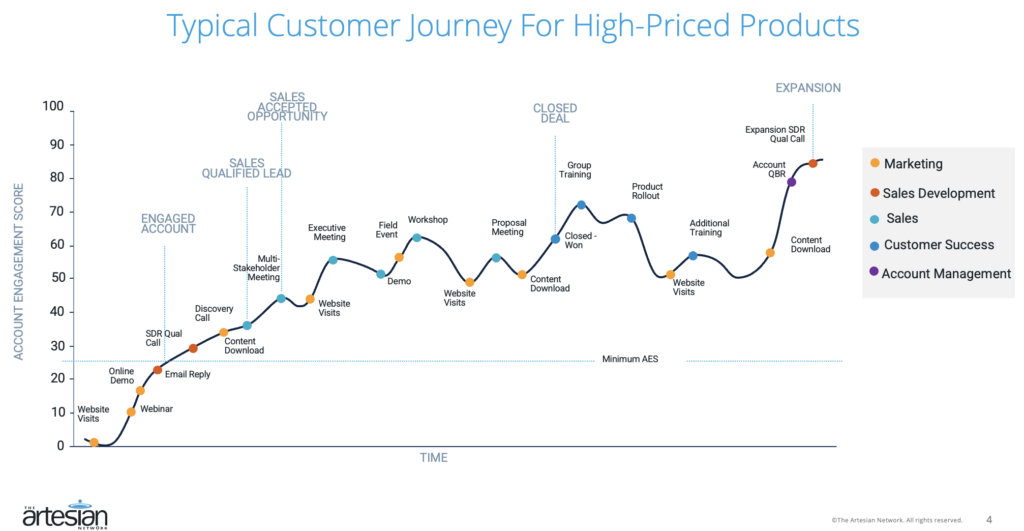
9. Avoid Over-Reliance on Prompt Templates—Invest in Prompt Craft
The best outcomes don’t come from prompt libraries—they come from experienced prompt engineers who understand marketing strategy. AI is only as strong as the marketer guiding it. You wouldn’t give a Ferrari to a student driver. Same rules apply here.
10. Continuously Refresh Competitive Inputs and Market Signals
Your AI models and prompt structures should evolve with your market. Refresh inputs monthly or quarterly: – New product launches – Pricing shifts – Analyst reports – Buyer objections from sales calls This ensures your messaging doesn’t go stale—and your positioning stays ahead.
Final Thought
AI doesn’t replace your positioning strategy. It reveals the gaps, accelerates the iterations, and makes it easier to go to market with confidence. But only if it’s used by people who know what they’re doing. At The Artesian Network, we build that process into every GTM engagement. Because the future of B2B marketing belongs to those who can see the signal in the noise—and move fast on it.
B2BMarketing #GoToMarket #AIForMarketers #PositioningStrategy #MessagingMatters #MarketingStrategy #ValueProposition #TechMarketing #ArtificialIntelligence #CompetitivePositioning

